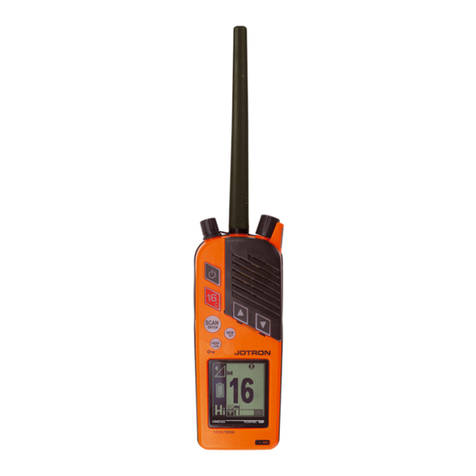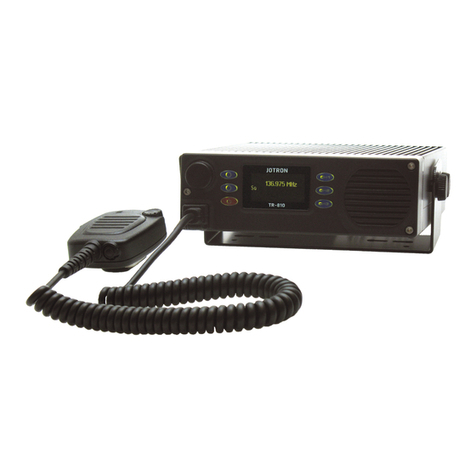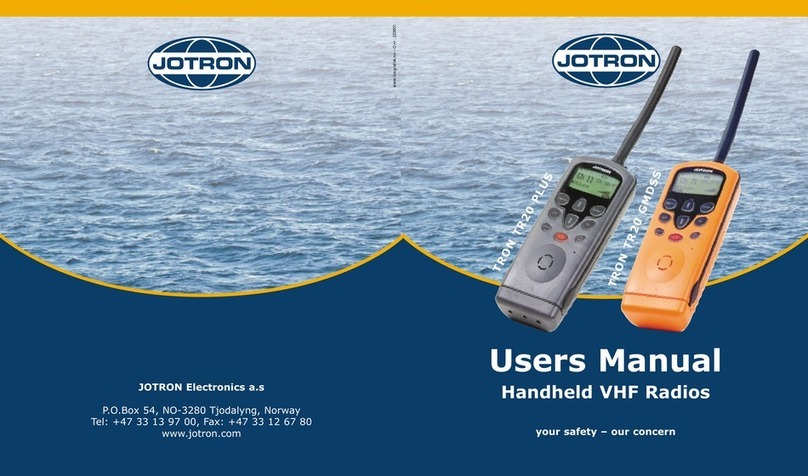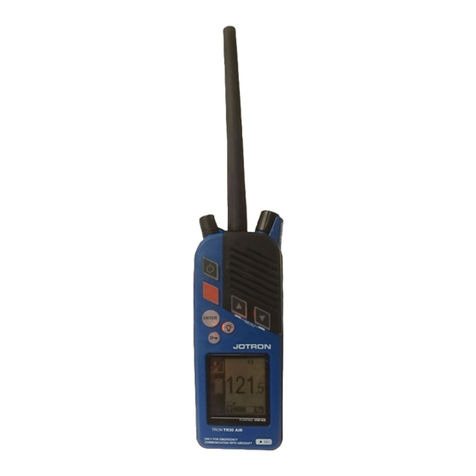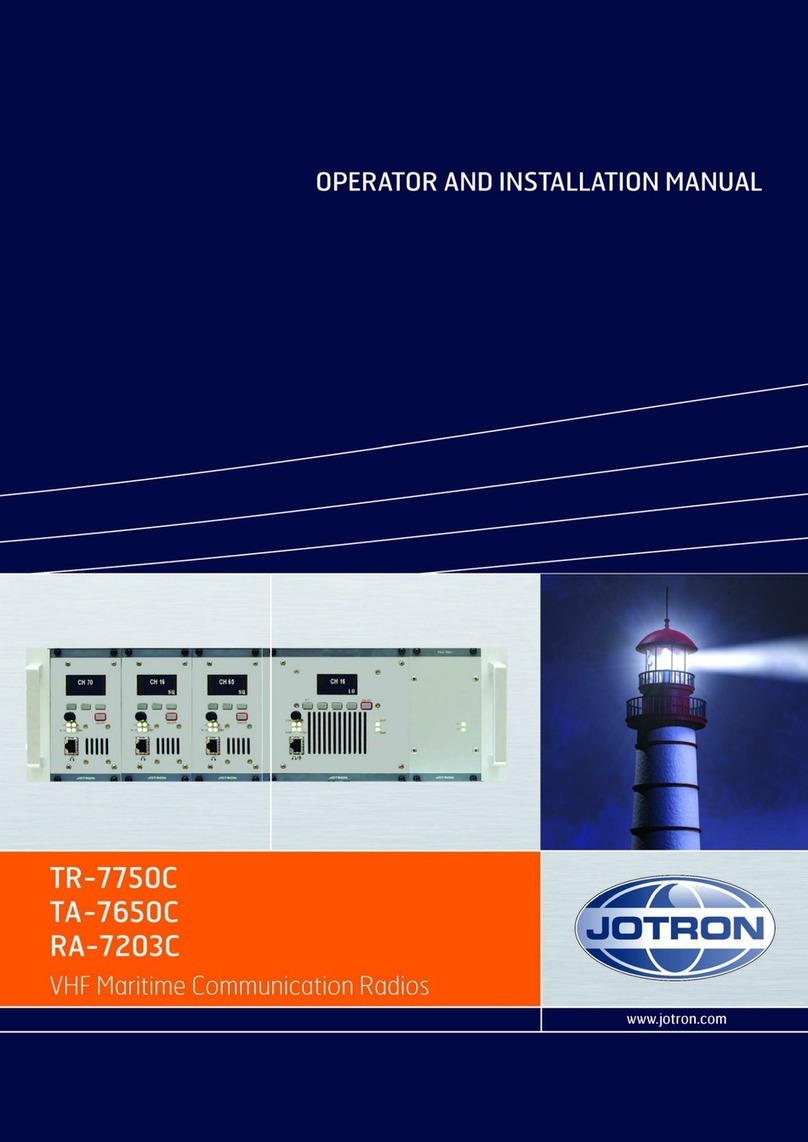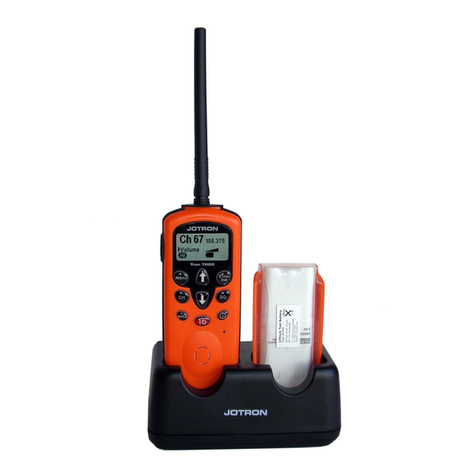
Page - 7 -
2 Abbreviations
ADR European Agreement concerning the International Carriage of
Dangerous Goods by Road
CFR The Code of Federal Regulations
DW Dual Watch (Receiver altering between two different channels)
ECHA European Chemical Agency
EMC Electromagnetic compatibility
ESD Electrostatic discharge
ETS European Telecommunications Standard
ETSI European Telecommunications Standards Institute
GMDSS Global Maritime Distress and Safety System
HW Hardware
IATA International Air Transport Association
ICAO International Civil Aviation Organization
IEC International Electrotechnical Commission
IMDG International Maritime Dangerous Goods Code
MHz MegaHertz
MSDS Material Safety Data Sheet
OSHA Occupational Safety and Health Admin
RES Radio equipment and systems (technical committee of ETSI)
RID Reglement concernant le transport International ferroviare des
merchandises Dangereuses par chemin de fer (Transportation
of Dangerous Goods by Train)
RMA Return Material Authorization number

